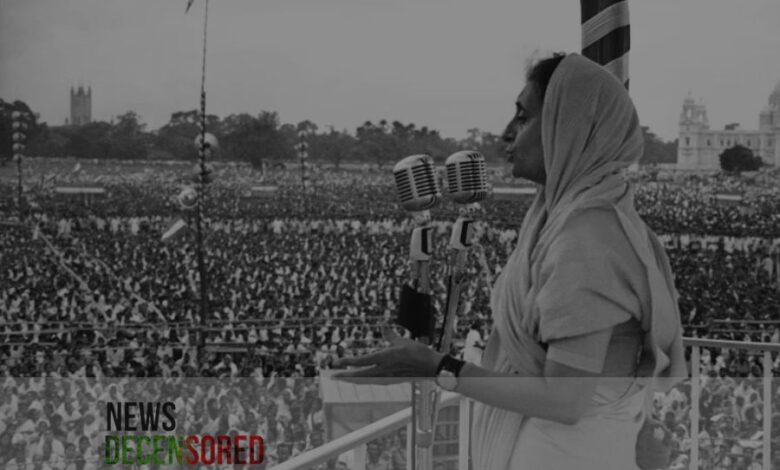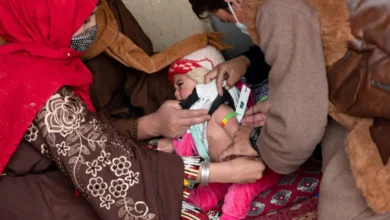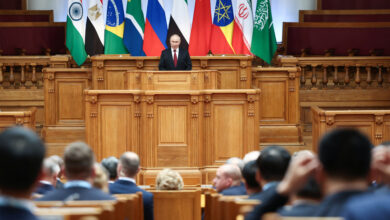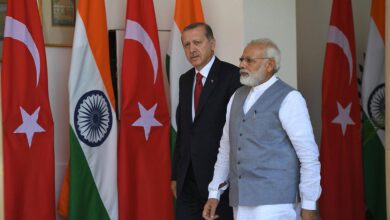India’s top 1 Percent holds more Income Today than it did under the British, Research Shows

In 2014, Narendra Modi swept to power in India on a wave of economic optimism. The Bharatiya Janata Party (BJP) presented him as a reformer who would eradicate corruption, empower the middle class, and combat rising inflation and unemployment. However, a decade later, as Modi seeks a rare third term, a new study paints a grim picture: India’s income and wealth inequality have ballooned to alarming levels, surpassing countries like Brazil and the United States.
The recently published research by the World Inequality Lab (WIL) reveals a shocking truth: income inequality in India is now worse than it was under British rule. Through the 1930s, India’s top 1% earners held just over 20% of the national income. This share dipped during World War II and hovered around 12.5% when India gained independence in 1947. However, with socialist policies under Indira Gandhi in the 1960s and 70s, the top 1% share plummeted to a mere 6% by 1982.
The tide turned with India’s economic liberalization in 1991. By the turn of the century, the top 1% controlled over 15% of national income. This figure climbed to over 20% by 2014 when Modi came to power. Today, it stands at a staggering 22.6%. India’s rapid economic growth (GDP exceeding 7% annually) aggravates the problem, with experts suggesting that a growing pie only sometimes translates to equal slices for everyone.
The story of wealth inequality is even more concerning. While the top 1% controlled less than 15% of India’s wealth in 1961, their share now surpasses 40%. This vast wealth accumulation in a few hands has come at the expense of the remaining 90%. The data reveals a particularly worrying trend: the middle 40% of India has seen the slowest income growth in recent years, even lagging behind the bottom 50%.
The shrinking share of the middle class raises questions about upward mobility. Experts point to factors like the privatization of the economy and globalization favouring those with higher education, which are traditionally skewed towards the wealthy and upper-caste communities. The national average income of 200,000 rupees per year is misleading, as only those on the cusp of entering the top 10% earn that much. “This paper is a reality check,” says economist Rishabh Kumar, highlighting the stark imbalance in the distribution of wealth.
The extravagant pre-wedding celebration of Mukesh Ambani’s son, with a private Rihanna concert and guests like Mark Zuckerberg and Ivanka Trump, exemplifies the widening income gap. India, home to a quarter of the world’s undernourished population, has witnessed a surge in billionaires – from one in 1991 to a staggering 271 today (third only to China and the US). Meanwhile, millions struggle with food insecurity.
The WIL study proposes a “super tax” on the ultra-wealthy and restructuring the tax system as a potential solution. Others emphasize the need for educational reforms to equip the workforce for better-paying jobs. The Communist Party of India suggests wealth and inheritance taxes to achieve economic equality. However, the opposition Congress Party, wary of accusations of religious bias, has backtracked on wealth redistribution plans. With the upcoming elections dominated by Hindu majoritarianism, analysts fear economic issues will take a backseat.
India’s growing inequality severely challenges its economic and social fabric. Whether the government will prioritize addressing this issue or continue to focus on a different narrative remains to be seen. One thing is clear: India’s path depends on finding solutions that narrow this chasm and ensure a more equitable future.




